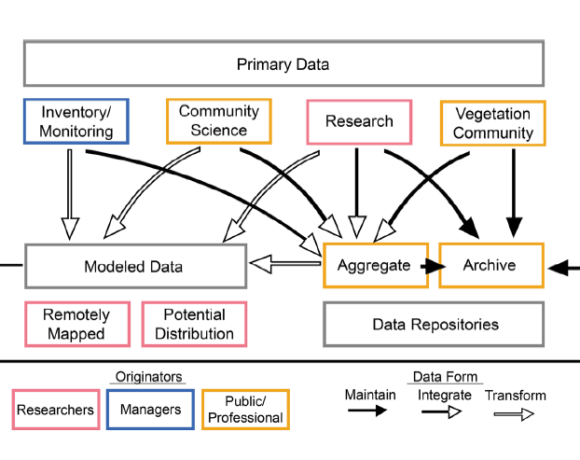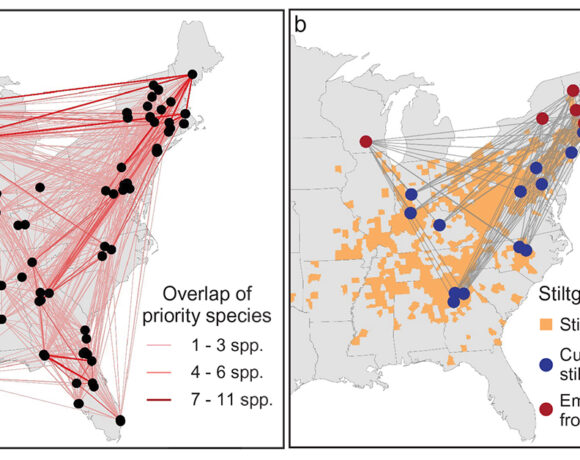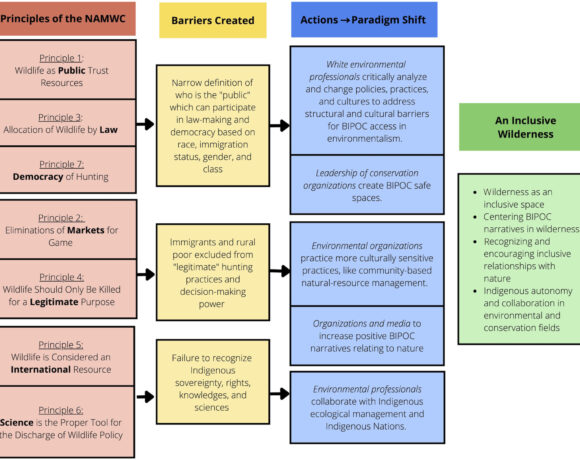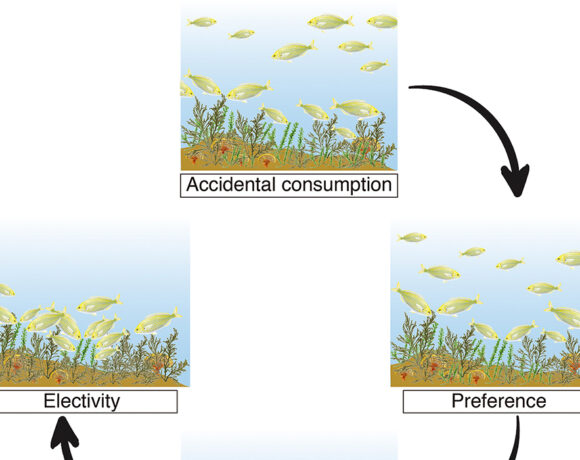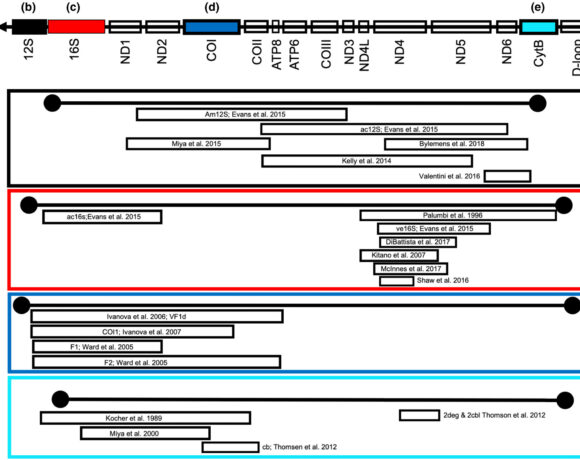Can we reach an “impossible dream”? A review of genetic control options for invasive sea lamprey.
Summary written by Justin Dalaba, edited by Audrey Bowe
For more than 60 years, invasive sea lampreys have been managed to protect fisheries in the Great Lakes, yet current methods require continued effort and investment with significant limitations. Research toward a more self-sustaining and species-specific method has made promising advances in the field of genetic control, which involves altering the genome as a means of controlling invasive species populations. This review by Ferreira-Martins et al. takes a dive into the technical aspects of various genetic control options for invasive sea lamprey and their potential for application in the Great Lakes. The two types of approaches discussed include self-limiting and self-sustaining. Self-limiting techniques differ in that they require periodic introduction of modified individuals, whereas self-sustaining modification can spread and persist indefinitely in the population. Each method has its advantages and technical challenges, and the potentially feasible options are summarized below. The social and ecological considerations that factor into feasibility are also discussed in this technical review. The authors stress that if genetic control technologies are pursued in the Great Lakes, stakeholder attitudes (i.e. public acceptance), non-target impacts on native lampreys, and regulatory hurdles should be considered as part of a coordinated strategic vision.
Self-limiting options:
- Trojan gene/male: This approach involves developing a Trojan gene for sea lamprey to increase attractiveness of sterile males, thus reducing population fecundity. While feasible, this method is logistically challenging.
- Split gene drive: In this approach, an “unlinked” element would slowly be eliminated from the population due to associated fitness costs, which is only feasible if little to no immigration occurs between Great Lakes and Atlantic populations
Self-sustaining options (gene drive):
- Gene drive-based sex ratio distortion: This method would eventually breed females out of existence, however it is not considered suitable for invasive sea lamprey unless the Great Lakes functioned as a completely isolated island.
- Homing suppression gene drive: this is a well-studied approach that can target female fertility genes or viability of either sex, resulting in more homozygous individuals and eventual population collapse. Though technically feasible, there is a high risk to native Atlantic sea lamprey populations.
- Toxin-antidote gene drives: This approach is considered the safest and most socially acceptable gene drive method that can achieve complete population suppression with only moderate release effort through disruption of an essential gene that prevents function and normal repair.
Key take-aways:
- Self-sustaining gene drive offers a promising approach to achieve sea lamprey eradication in the Great Lakes with only a small release effort, however it has the highest risk of genetic contamination to native Atlantic sea lamprey through connected passages (i.e. St. Lawrence River, Erie Canal).
- Self-limiting genetic control and confined gene drives offer a safer control method with minimal non-target effects on native lamprey species, therefore will likely be preferred.
- A common downside to self-limiting control is the need to rear and release large numbers of sea lamprey over a sustained period and wide area, and effectiveness is reduced if significant immigration (“re-infestation”) occurs in the target area.
- While advances in genetic control technologies offer promising species-specific solutions and reduction in pest control costs, their feasibility and implications must be further evaluated prior to large-scale application (i.e. non-target impacts, ethics, regulations).



